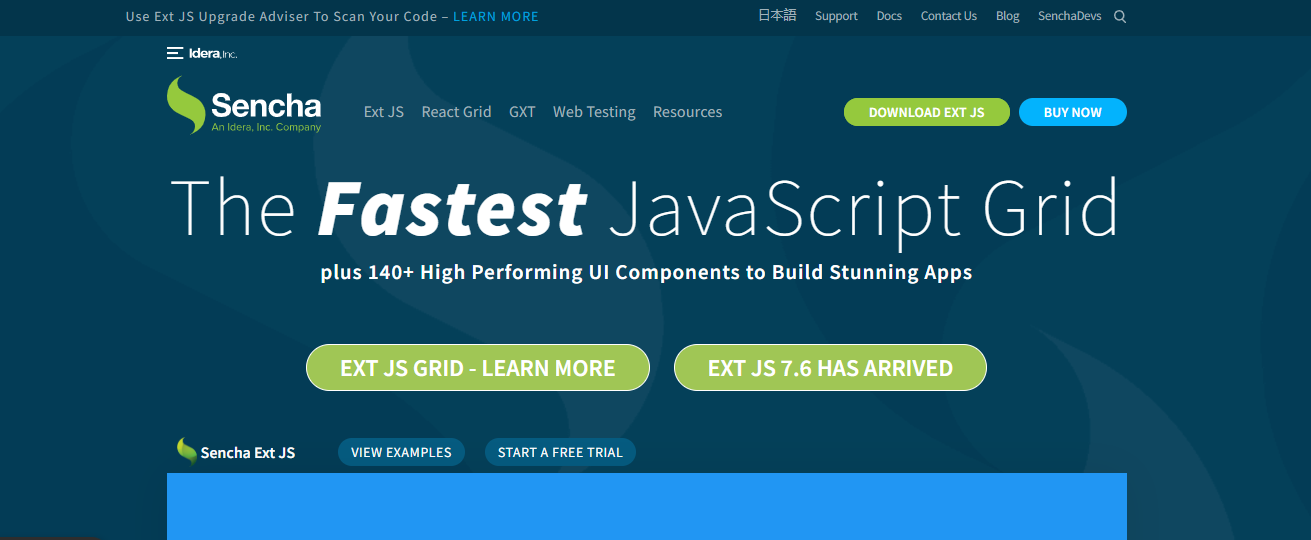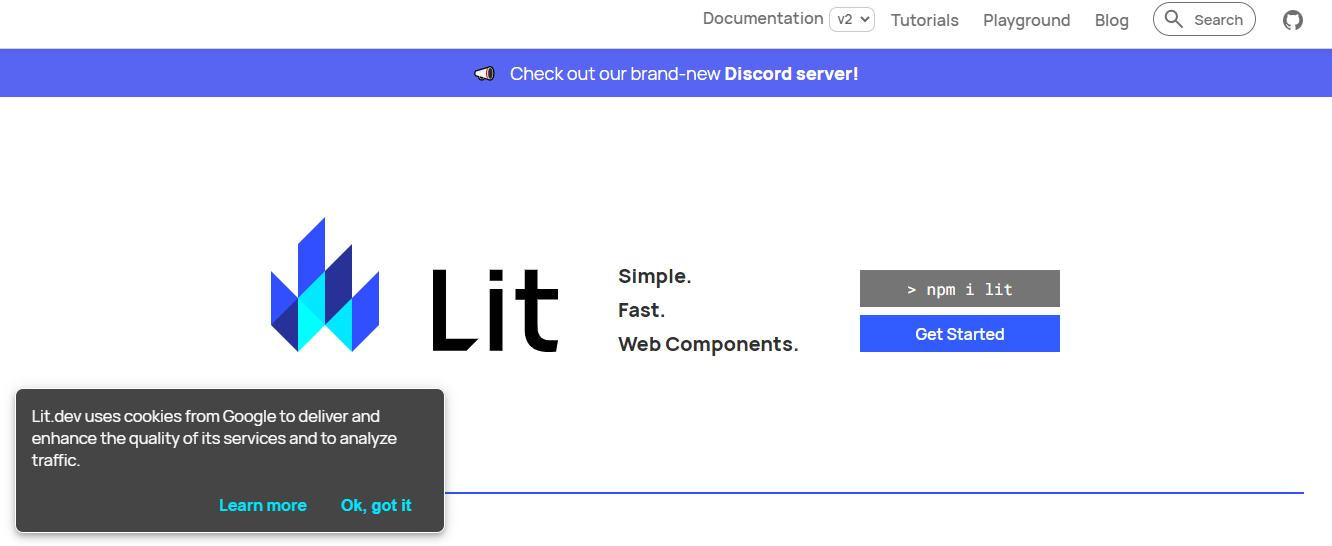Web Components: Best Web Components Framework
Web components are at the vanguard of web development. We can consider them a trustable source of hot drama in the web developers community. The web UI components divide a complex web app into small reusable components. These reusable pieces reliably look and function the same. This article is all about the web components framework.
The best part about web components is that they offer a consistent approach. We see that consistency lies in interfacing with them through their attributes. To make it all simpler, we are going to discuss web components from the basics. So let’s not wait further and dig into this amazing concept.

What Are Web Components?
Web components refer to a collection of technologies that function together to deliver reusable user interface components. We can also say that web components help us to create some custom elements. As developers, we know that reusable codes are great time savers. Web components make it possible to create framework-agnostic components.
It is important to note that the reusable components use HTML syntax. Moreover, browsers interpret those components without using a third-party library such as Vue.js and React.
Web components are a hot topic among developers these days. It is because developers once thought these components would revolutionize front-end development. But the fact is that these components are still making the struggle to gain industrywide adoption. Let’s take a look at the three main web components technologies. Continue reading!

What Are the Three Main Web Components Technologies?
Reusing code components has not been easy for custom markup structures. Let’s take an example of complex HTML that we need to write to render custom UI controls. We must be aware of the fact that reusing those controls can also create a mess when we are not careful enough. This is why web components are here.
The three main technologies help us to create versatile custom elements. These custom elements have reusable and encapsulated functionality without complications of code collisions. Let’s check out those three technologies.
Custom Elements
Custom elements play a good role in creating reusable web components. Moreover, they allow developers to define new HTML tags. It has also been declared that a set of Javascript APIs helps us to define custom elements. And the best part to know is that we can use them as desired in our user interface.
Code
class AutonomousButton extends HTMLElement {
...
}
customElements.define("autonomous-button",
AutonomousButton);
Shadow DOM
Shadow DOM tree helps is to attach the hidden DOM trees to the regular DOM trees’ elements. We must know that it starts with a shadow root. Under that root, we are allowed to attach any elements. This is more similar to a normal DOM tree.
This helps us to keep the features of elements private. As a result, we can style and script them without the fear of collision that occurs with other parts.
HTML Templates
The <slot> and <template> elements in HTML help us to write markup templates. These templates are not displayed on the rendered page. The best part is that we can reuse them so many times. We can say that these components are reusable as the basis of the custom elements’ structure.
Code
<template>
<img src="" alt="great image">
<div class="comment"></div>
</template>What Are The Pros of Web Components?
Some most common pros of web components are given below.
Applicable To Different Frameworks
Since we know that web components are highly reusable, we can use them with any framework. Some examples are Angular, React, and Vue. Moreover, we must know that there is also a possibility that they work with no frameworks at all. This is the largest benefit since it increases the flexibility of web components.
HTML Standard
We must know that web components offer native support for web browsers. The reason is that they use regular javascript and CSS and use native HTML specifications.
Easy To Share And Reuse
As developers, we know the importance of working with multiple ecosystems or projects with different technology stacks. This is where web components help us. Moreover, It makes it easier to handle those projects through higher reusability and shareability.
No Complicated Requirements
Web components help us to connect a specific custom element. And it doesn’t involve importing complex dependencies to our project. This is a big difference when we compare it with popular frameworks.
What Is The Purpose of Web Components?
This question is still being raised among the developers. Is it really important to use web components? Or what is the purpose of using web components?
We must know that their use has skyrocketed during the last few years. The benefits of web components have become valuable in different applications.
- First of all, they pre-built components that are compatible with a large variety of stacks. This is why they are interchangeable between libraries and frameworks.
- Web components are used to achieve cross-platform compatibility and brand consistency.
- The main purpose is to break down a complex web structure into reusable components.
- It has a lighter Javascript footprint which is a key to good site performance.
What Are The Different Web Components Frameworks?
Here are three popular web components frameworks.
Sencha Ext JS
It is a comprehensive javascript framework that helps us to build cross-platform and data-intensive applications. There is an extensive library of UI components at Sencha. Some examples are charts, forms, trees, and grids. Moreover, We use Sencha to create interactive web apps with rich user experience.
We get a complete guide on Sencha Ext JS through its extensive documentation.

Vanilla
Developers also consider Vanilla when looking for a lightweight Javascript framework. Here we get basic tools to build web components.
There is no need to learn complex libraries and frameworks to create custom elements using Vanilla. It is easy to use, simple, and intuitive.
Lit
It is another lightweight framework that helps to create web components using javascript. We can quickly create custom elements using Lit’s simple and easy API. The best part about Lit is that it supports modern Javascript features.

Sencha JS EXT Creative Web Component Framework
We must realize the fact that web components are making revolutionary progress in web development. At the same time, using the right framework to create web components is also important.
Sencha JS EXT is helping developers to get creative web components. We can rely on this platform without worrying about the complications of building everything from scratch. It gives us the best UI components for development.
FAQs
What Is a Web Component Framework?
It helps us to design web components that contain code and define functionality and styling of content.
What Frameworks Use Web Components?
There are many examples, but two main examples are Vue and RAPIDE.
Do Web Components Require Javascript?
It is not really necessary. We can use them even without Javascript.
What are the 4 Web Components?
- Custom element
- HTML template
- ES modules
- Shadow DOM
Let’s download free and evaluate the best web components framework.

Developing software without an architecture pattern may have been an option back then. However, that’s…

As a web developer, you know how popular JavaScript is in the web app development…

2024年2月20日~22日、第3回目となる「Virtual JavaScript Days」が開催されました。JavaScript の幅広いトピックを採り上げた数多くのセッションを実施。その内容は、Senchaの最新製品、ReExt、Rapid Ext JSまで多岐にわたり、JavaScriptの最新のサンプルも含まれます。 このカンファレンスでは多くのトピックをカバーしています。Senchaでセールスエンジニアを務めるMarc Gusmano氏は、注目すべきセッションを主催しました。Marc は Sencha の最新製品「ReExt」について、詳細なプレゼンテーションを実施。その機能とメリットを、参加者に理解してもらうべく詳細に説明しました。 カンファレンスは、Senchaのジェネラルマネージャを務めるStephen Strake氏によるキーノートでスタートしました。キーノートでは、会社の将来のビジョンについての洞察を共有しています。世界中から JavaScript 開発者、エンジニア、愛好家が集まるとてもエキサイティングなイベントとなりました。これは、JavaScript…



 Rapid Ext JS (beta)
Rapid Ext JS (beta)











